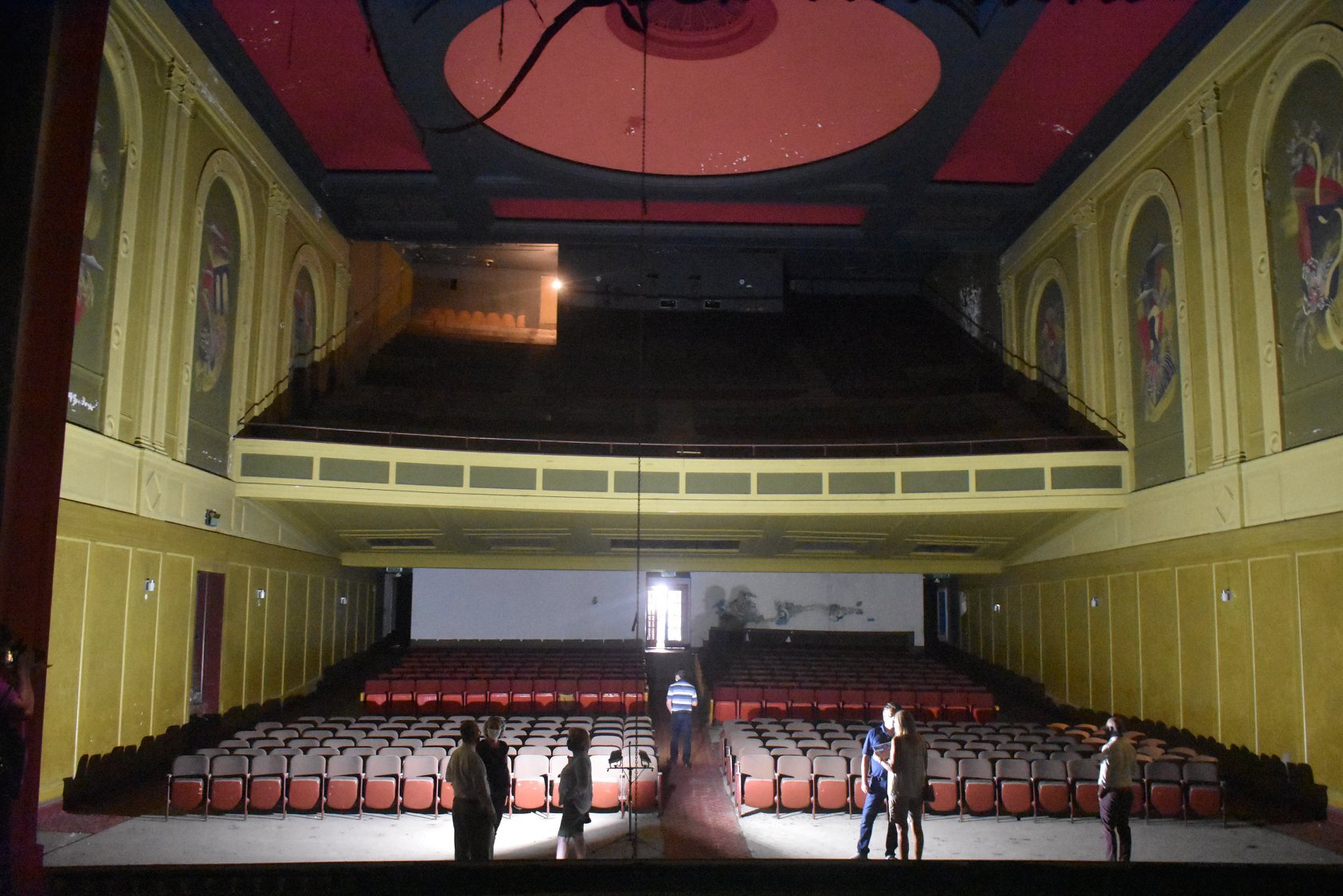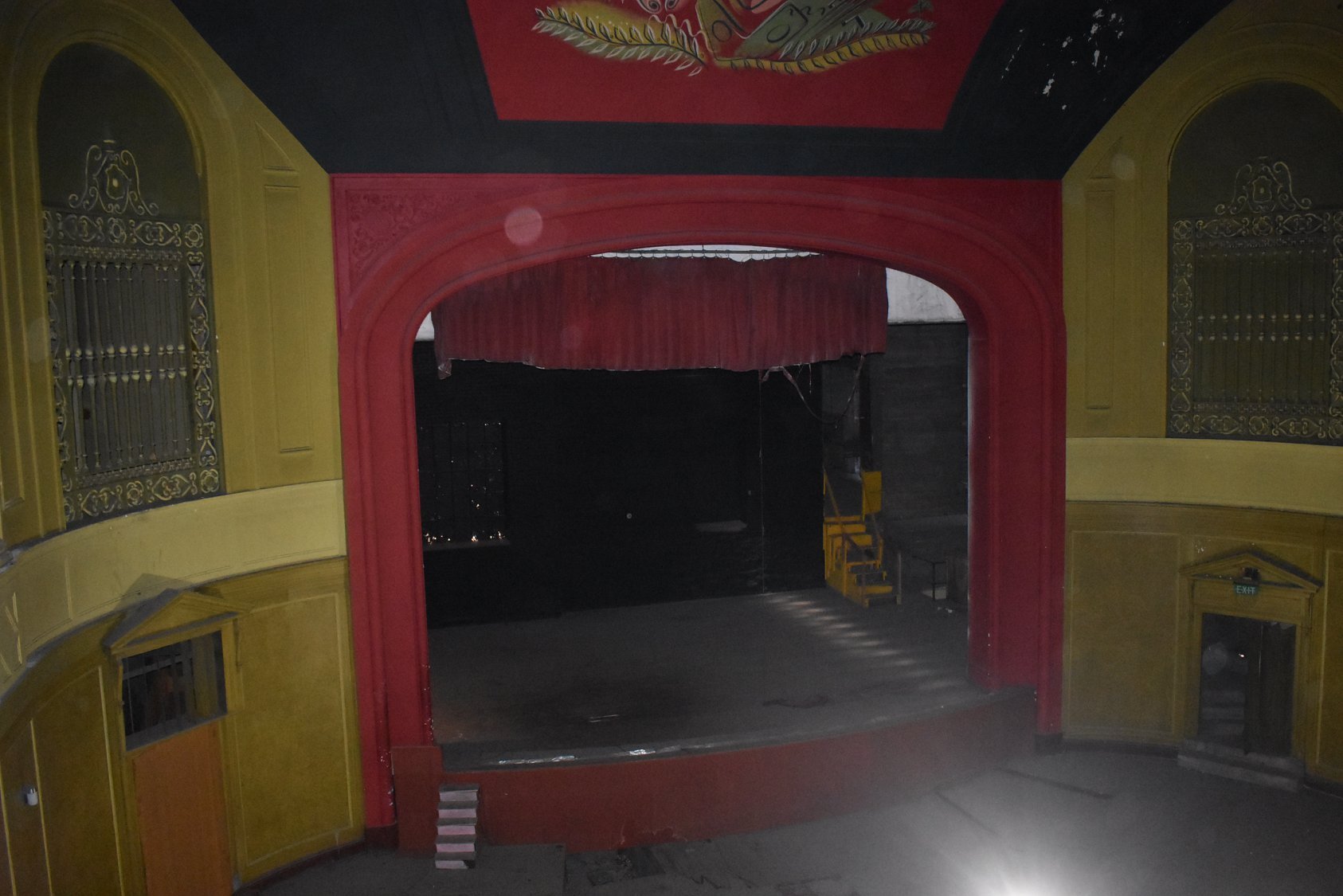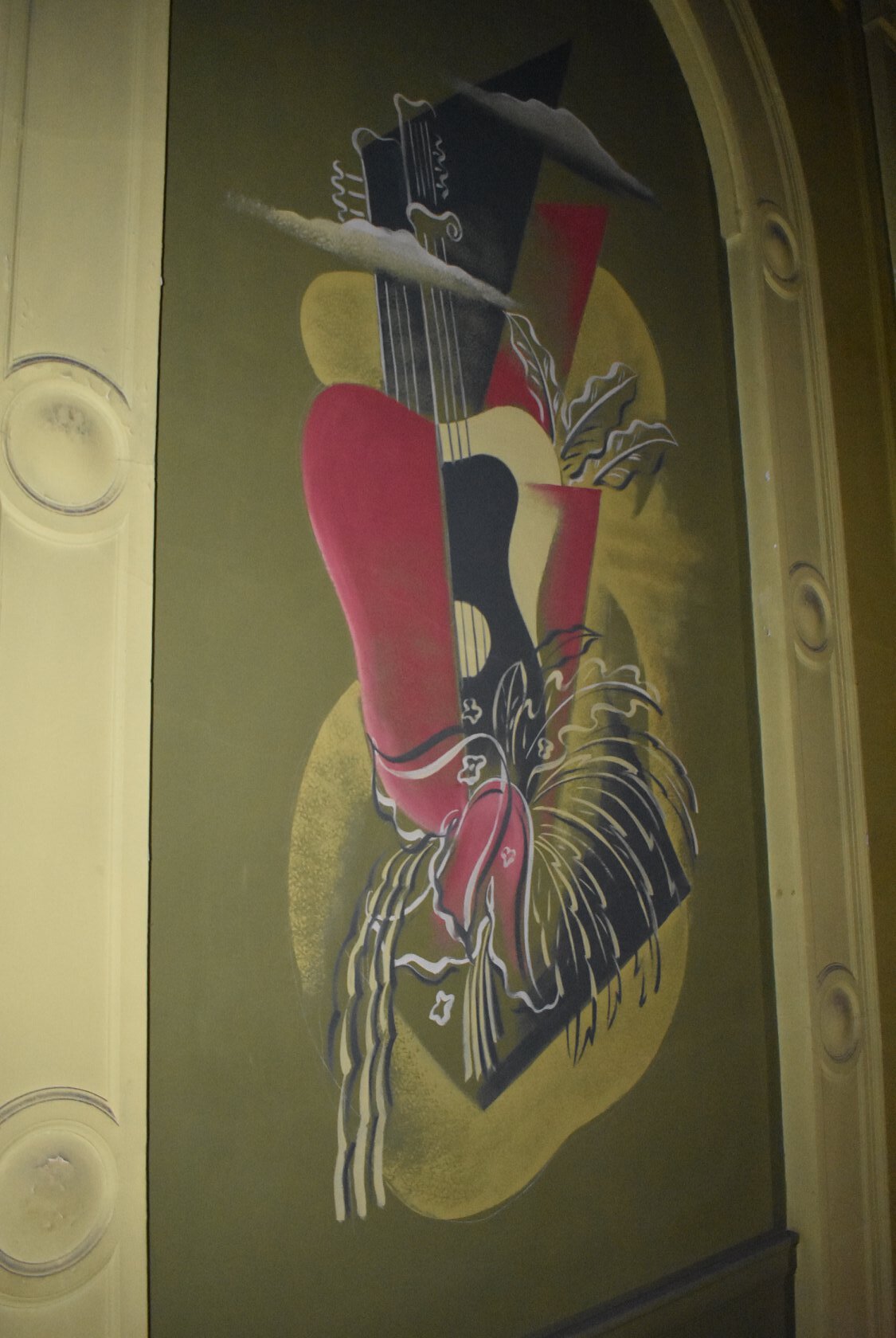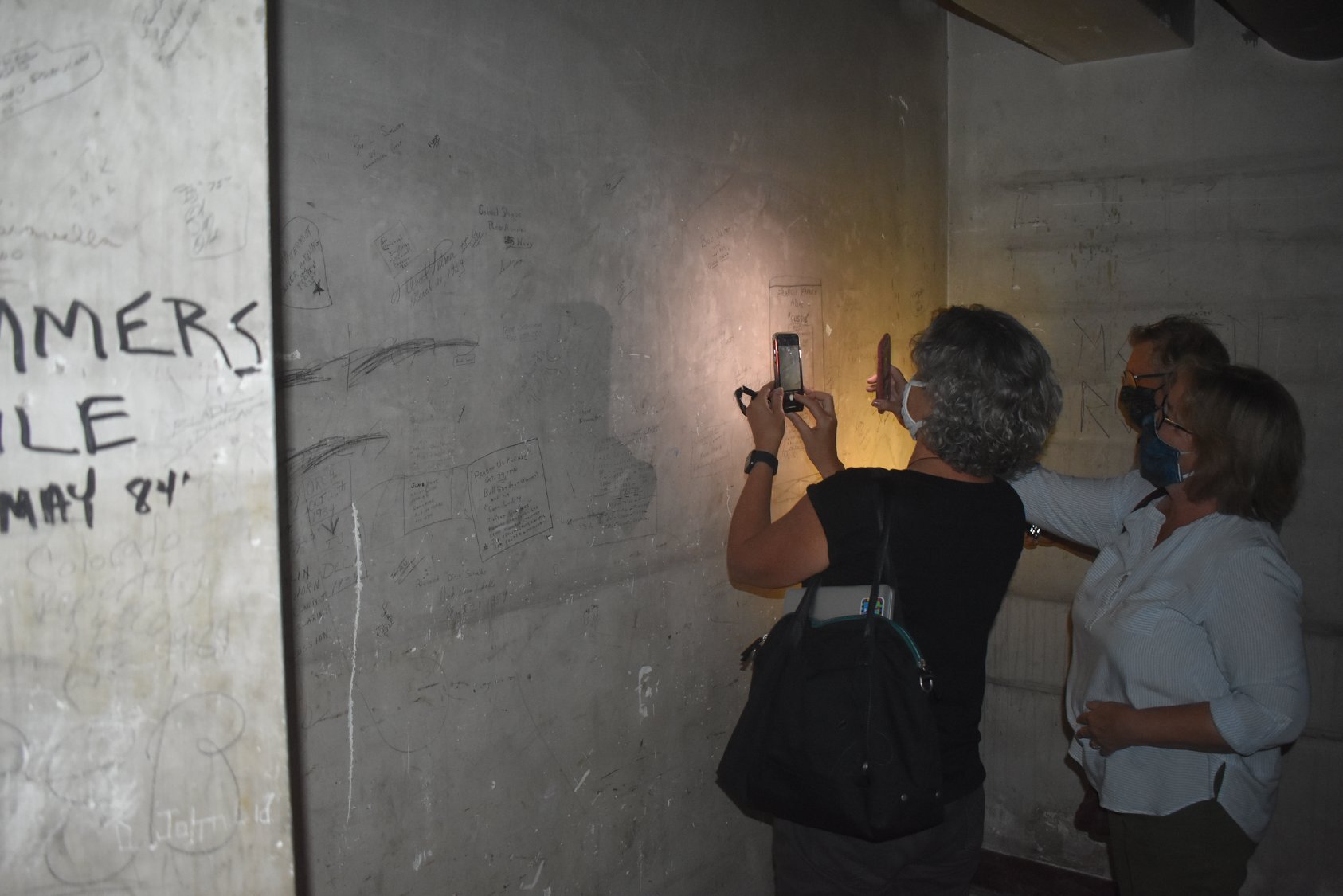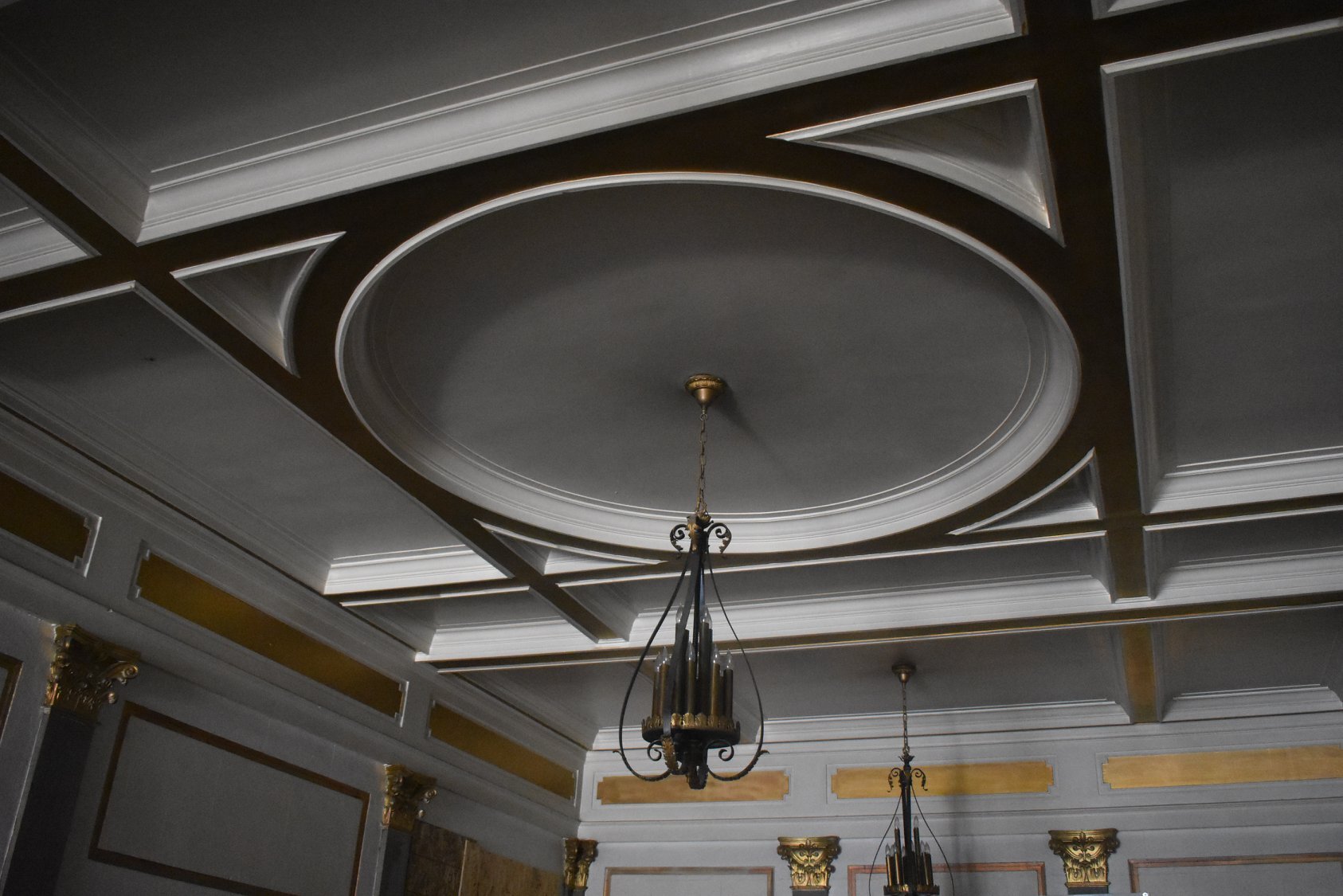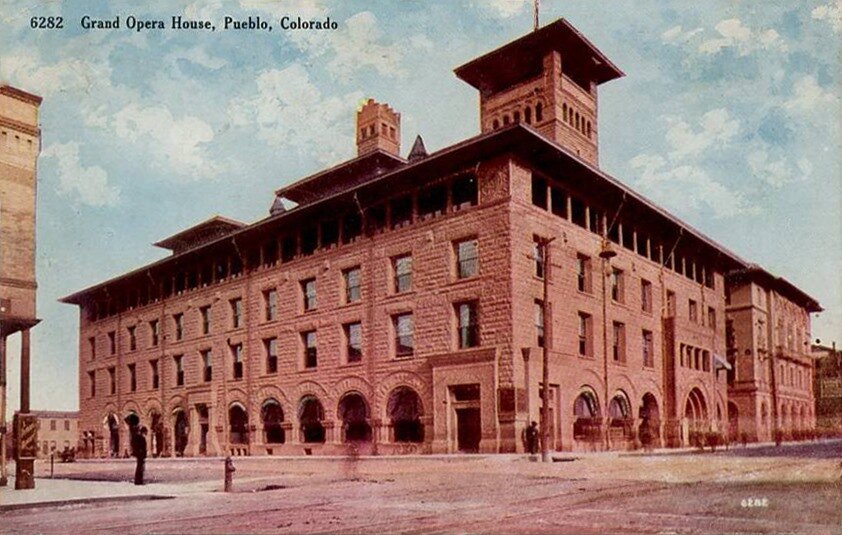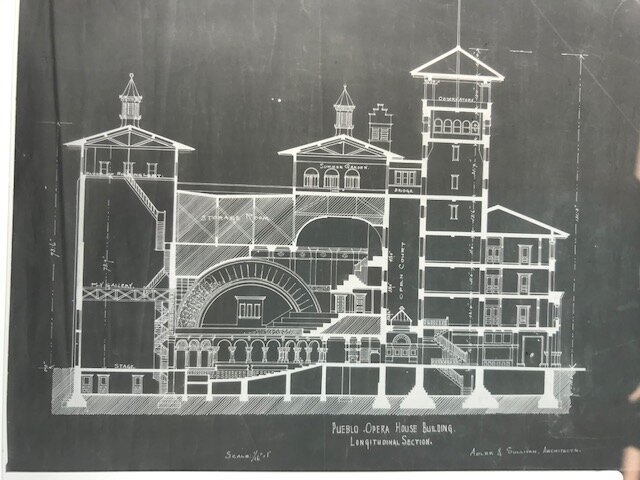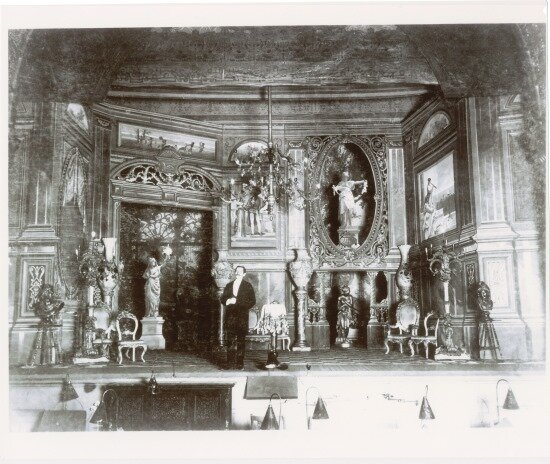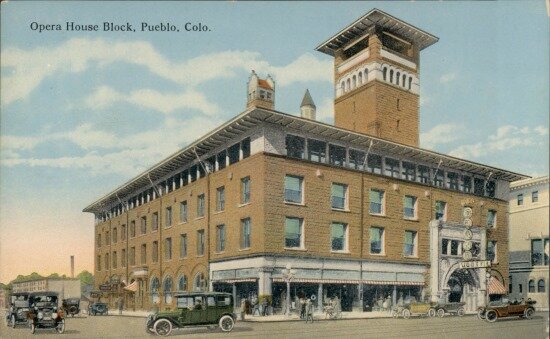Students take virtual center stage at The Arts Academy at Pueblo County High with their new original musical 'Disaster Monthly'.
Pueblo, CO, October 12, 2020 – As part of The Arts Academy at Pueblo County High’s (TAAPCH) commitment to keeping the Arts alive, even during the time of a global pandemic, Disaster Monthly was written and performed by the students under the direction of Kennedy Pugh. To celebrate the completion of this masterful production from the eyes of the students, The Arts Academy hosted a Virtual Premiere online for students, faculty, staff, and the general public on Friday, October 16, 2020 at 7:00 pm (Mountain Time). The Premiere Event included a live welcome at the beginning of the broadcast and the evening concluded with a brief Q&A session. To view the Zoom Q & A use passcode: OG%J7XM9
According to Kennedy Pugh, Artist in Residence and Teaching Artist Coordinator, “this opportunity with these students reminded me of the importance of the Arts in our formation of a human race! The Arts are an integral need!” Disaster Monthly offers an unflinching, intimate glimpse into the world of a high school student during the time of a global pandemic. When the students learned that their beloved spring musical was cancelled due to Covid-19, they decided that the ‘show must go on’. What transpired over a very short period of time with many deadlines along the way is short of an entertainment miracle. The cast ensemble includes Joy Lopez, Alexandria Shrum, Chloe Vanevera, Bryana Lark, Gavin Grant, and Mark Gomez. The cast was assisted by three entertainment industry professionals, Ed Chapman, Kate Chapman, and Mary Ann Ivan, who have decades of experience working with some of the very best on many of the most famous theater productions ever to hit audiences.
“Just when we thought there was no opportunity to produce or perform when COVID-19 shut down our beautiful spring musical in March, Disaster Monthly made its way and The Show Must Go On! ,” says Roxanne Pignanelli, the Founding Director of The Academy. “Theater is the most collaborative of all art forms and the ancestor to entertainment. The Arts Academy at Pueblo County High is dedicated to keeping the work alive and this amazing project written and performed by students under the direction of Kennedy Pugh is a living testament to our commitment to Arts in education!,” says Roxanne, the director of this production.
The Arts Academy’ now has a ‘Growing the Arts’ tab on the TAAPCH website which is exclusively dedicated to Disaster Monthly. This page includes the official film trailer, conversations with the cast, and full biographies of the industry professionals who served as Teaching Artists (https://www.taapch.org/disaster-monthly).
CONTACT: Kennedy Pugh, Artist in Residence / Teaching Artist Coordinator
The Arts Academy at Pueblo County High (TAAPCH)
(303) 489-1982 • kpugh@district70.org
Website https://www.taapch.org/disaster-monthly
Premiere Link on YouTube https://youtu.be/FShnYyRss0Y
About The Arts Academy at Pueblo County High (TAAPCH)
The Arts Academy at Pueblo County High is a first for the region. It is an innovation 14 years in the making, an educational institution dedicated solely to all aspects of the performing arts. The Arts Academy at Pueblo County High "TAAPCH", offers the first of its kind career track arts instruction in the performing arts (Dance, Music, Band, Theater Arts and Technical Stagecraft). All disciplines will include college prep and industry training. This professional arrangement allows the students of The Arts Academy a greater range of high school experiences and elective course choices while maintaining the educational philosophy, rigorous curriculum, and small school field training experience. Housed at Pueblo County High School, courses will be in the newly constructed ‘Arts Corridor’, a bond initiative of 2015, with state-of-the-art facilities. College credit is available for many of the courses and the certificate of completion for higher education and vocational pursuits will be awarded to full Academy students. All faculty members will be required to have spent significant time in the professional entertainment industry as well as being licensed as a certified teacher in the State of Colorado. This will provide students with a learning opportunity from instructors that can impart the "real world" application of the techniques and studies that they are receiving at the Academy. The considerably unique addition to the Academy is the inclusion of the "teaching artist and clinicians". Professionals from all disciplines offered at the Academy will be scheduled to teach workshops, on a monthly basis, to enhance the instructions with extraordinary presentations from dance, music, theater, technical theater, digital music, instrumental music and performance presentation. Certain workshops will be open to the public (for a small fee) and filmed for a library of digital instruction.
#










